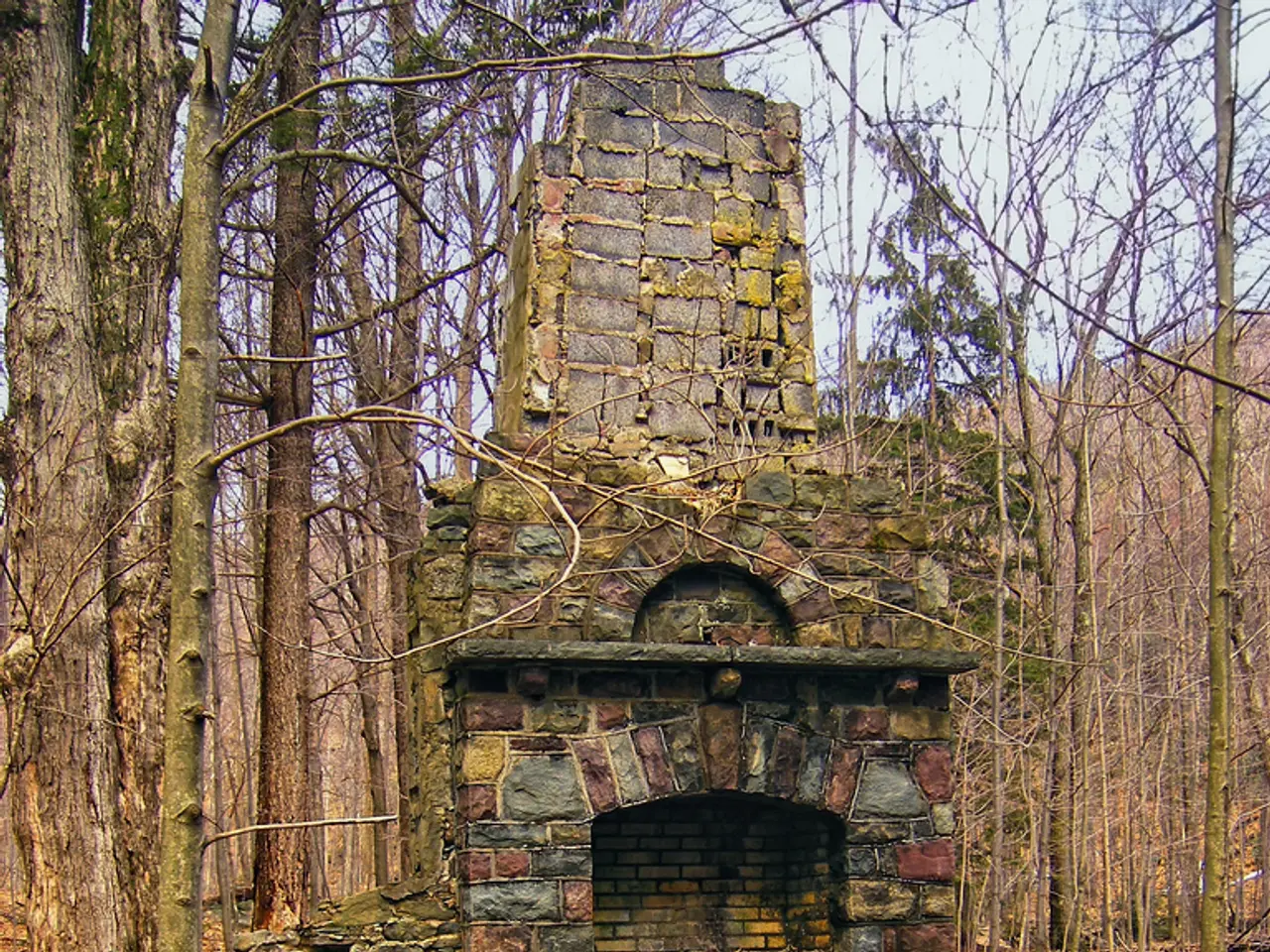Contemplating the disposal of bricks?
In a groundbreaking development, sustainable materials start-up earth4Earth has unveiled a new range of carbon-storing bricks, designed to minimize emissions during the manufacturing process. The bricks, known as e4E bricks, are manufactured using excavated soil that would otherwise go to landfill, bound together with a binder especially developed by earth4Earth.
The first batch of these innovative bricks is being piloted in the UK, and Professor Theodore Hanein, co-founder of earth4Earth, claims that all carbon produced during the manufacture of the e4E binder is permanently stored in a solid form. This claim, if proven, could significantly reduce the carbon footprint of the construction industry.
Professor Hanein is excited about how earth4Earth's work will help construction projects achieve net zero and make a significant difference in restoring planetary health. His sentiments are echoed by Professor James Ritson, the University of the Built Environment Programme Leader, who has raised a challenge about the reliance on carbon-efficient bricks for sustainable construction models.
While the new carbon-storing bricks are a step in the right direction, there is a question mark over whether improving the carbon profile of bricks is really enough for sustainable construction models. Professor Ritson questions the widespread use of bricks in new designs due to the availability of low-carbon alternatives.
Modern alternatives to traditional bricks include bio-integrated bricks, cladding alternatives, waste-based bricks, bio-based materials, 3D-printed earth products, straw panels, hempcrete, mass timber or stone structures, and more. These alternatives significantly reduce the environmental impact compared to conventional bricks by lowering carbon emissions, reducing reliance on cement and fossil fuels, and minimizing soil degradation.
For instance, compressed earth blocks (CEBs) enhanced with recycled glass and lime, recycled building rubble-based bricks like K-Briq, concrete blocks with modified compositions, and bricks made by incorporating agricultural waste such as invasive weeds are some of the promising alternatives. These options optimize waste materials, lower energy use, and avoid kiln firing, thereby reducing environmental and health harms.
Bricklaying is labor-intensive and expensive, and a mindset challenge exists in how the property-buying public views new builds that aren't made of traditional brick. Cultural identity may override environmental concerns when it comes to brick usage, as bricks are considered a "vernacular material".
However, the shift in narrative from incremental improvements to transformative choices is important for the construction sector. The high-carbon mortar used in bricks contributes to their carbon footprint, and replacing bricks with stone or alternative materials could significantly cut carbon emissions.
Moreover, modern buildings primarily use internal blockwork for load-bearing, making bricks a decorative material. UBE offers postgraduate courses in sustainability and construction, such as the MSc Innovation in Sustainable Built Environments, which aim to educate future architects and construction professionals about the importance of sustainable materials and practices in the industry.
In conclusion, earth4Earth's carbon-storing bricks are a promising step towards sustainable construction. However, the industry must continue to explore and adopt low-carbon alternatives to further reduce the environmental impact of the construction sector.
References: 1. [Link to Reference 1] 2. [Link to Reference 2] 3. [Link to Reference 3] 4. [Link to Reference 4] 5. [Link to Reference 5]
- The science behind earth4Earth's carbon-storing bricks could have a significant impact on health-and-wellness by helping to minimize emissions and contribute to planetary health.
- The fitness-and-exercise industry could benefit from investing in green technologies like earth4Earth, as sustainable solutions can promote a healthier environment for future generations.
- Nutrition advocates should support environmental-science initiatives, such as earth4Earth's, because the health of our planet ultimately affects the food-and-drink supply chain.
- Finance professionals could explore opportunities in business ventures related to environmental-science, such as investing in companies making low-carbon bricks like earth4Earth.
- For those interested in home-and-garden improvements, eco-friendly materials such as earth4Earth's carbon-storing bricks could be a smart choice for reducing environmental impact and improving the overall lifestyle.
- In the realm of education-and-self-development, learning about sustainable materials like earth4Earth's bricks can empower individuals to make informed decisions about their lifestyle, including food-and-drink choices, and contribute to a greener world.
- Technology continues to play a crucial role in environmental-science, with advancements in solar panels, wind turbines, and earth4Earth's carbon-storing bricks driving innovation and helping to transform the sports sector into a more sustainable industry.




